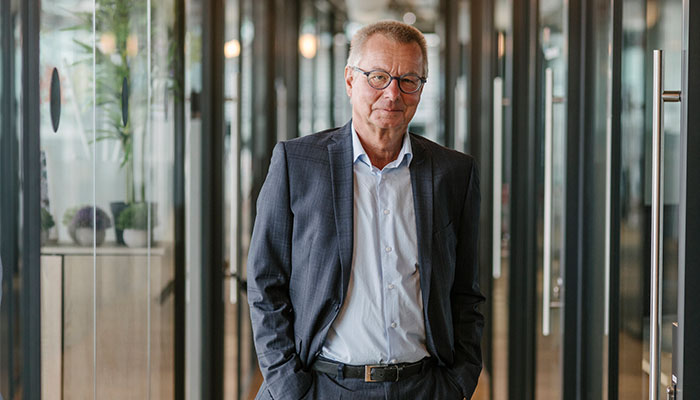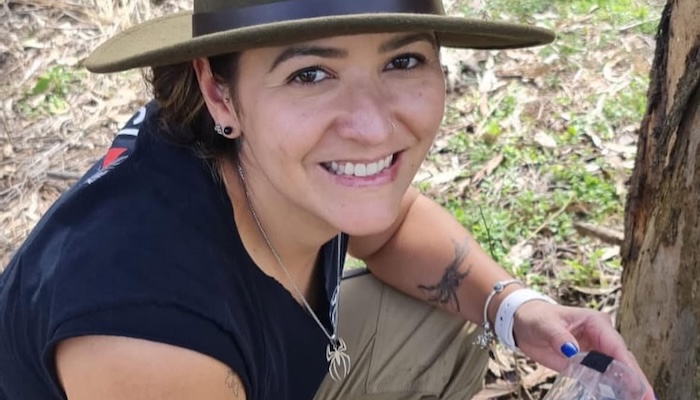I was one of those kids who grew up wanting to fly. The first time I was on a plane was a school excursion to Canberra, and I knew immediately that was what I wanted to do.
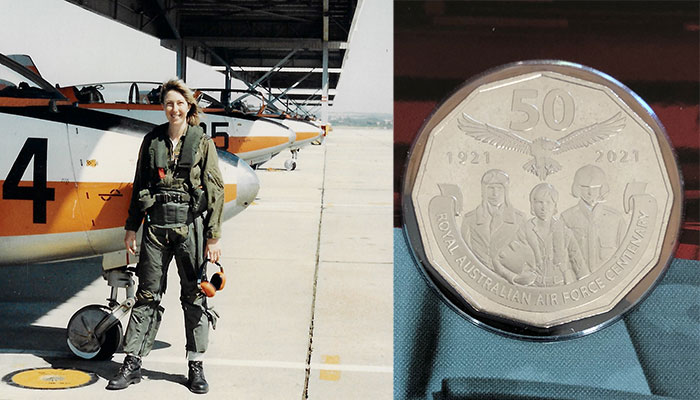
Trailblazer: Health system researcher Professor Robyn Clay-Williams became one of the first two female military test pilots in Australia despite initially being told women couldn't fly in the armed forces.
When I graduated from high school, women still couldn’t be commercial or military pilots. However I was inspired by Deborah Lawrie, the female pilot who took Ansett Airlines to court for sexual discrimination, so I joined the Royal Australian Air Force. I told them I wanted to be a pilot. They told me women couldn’t do that. I ended up studying electronic engineering.
While I was at university, I learned to fly as a civilian. Flying was everything I knew it would be: the freedom of being in the air, of being able to move in three dimensions, the wonderful view, the fact that it’s always sunny above the clouds.
After graduation, I went into avionics maintenance in the Royal Australian Air Force (RAAF), managing a team of about 70 men. I was 21, and it was tough at first. There were practical jokes, of course, but within about 12 or 18 months, they had accepted me, and some of my strongest critics had become my staunchest supporters.
The reasons used to justify why women couldn’t fly were ridiculous. The silliest one I heard was that your womb could fall out if you were subjected to G force.
When the Sex Discrimination Act was introduced in 1984, the rules were finally changed and that opened the door for me to fly. In 1987, when I was 26, I was one of the first group of women accepted to train as military pilots in Australia.
There was still an exemption that excluded women from combat and combat-related flight, but there were non-combat options.
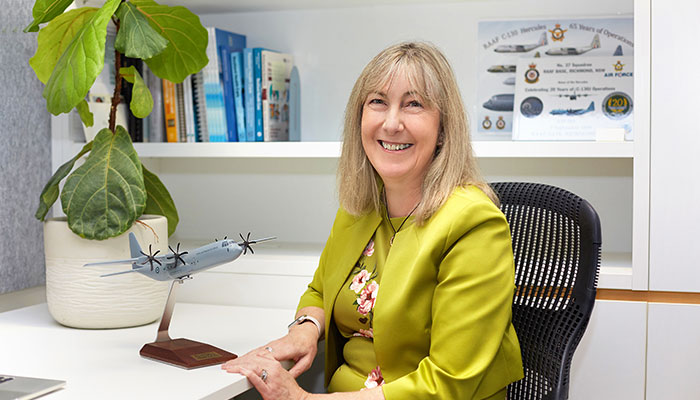
Big shoes: When Professor Robyn Clay-Williams began flying in the Royal Australian Air Force there were no uniforms or boots made for women, meaning she had to wear men's flying boots two or three sizes bigger than her feet.
The reasons used to justify why women couldn’t fly were ridiculous. Then there were all the usual reasons women have been kept down: we weren’t strong enough to handle the planes even though the fighter jet controls were light. We were too emotional. We wouldn’t be able to kill in combat if we had to. The silliest one I heard was that your womb could fall out if you were subjected to G force.
Most of it came down to logistics: they didn’t have toilets or change rooms for women in the training area, and they didn’t have clothes to fit us.
That part was true enough. When I first started, my flying suit was huge. I had to roll up the legs of my pants, and my flying boots were two or three sizes too big. Even the gloves were too long for my fingers. Once we’d graduated from the flight course, we had bespoke flying boots. Flying suits designed to fit women’s bodies were not available until the late 1990s.
In 2021, the Royal Australian Air Force had its 100th anniversary, and I was put on a commemorative 50-cent coin along with two men to represent pilots through the decades. Not everyone can say they have their face on a coin.
I did my test pilot’s course in the UK in 1993, and it included stints at the Zhukovsky air base near Moscow. They would let foreign pilots fly pretty much anything then because they needed the income. I flew a few Russian planes, and they were all horrendous in terms of flying qualities.
The closest call was in a MiG-21, a delta-wing fast jet a bit like a Mirage. As I was pulling out of a spin, it suddenly went very quiet, and all the cockpit lights were flashing. The single engine had cut out. The plane was falling like a brick. I was so occupied with what we needed to do to get out of that situation that I didn’t have time to feel afraid.
We should have ejected, but I didn’t want to be the woman pilot who crashed a foreign plane. The Russian safety pilot got it started again and we landed, but in the debrief we learned they’d never done that manoeuvre before and were pretty sure the engine would flame out. They’d drawn straws to see who would fly with me.
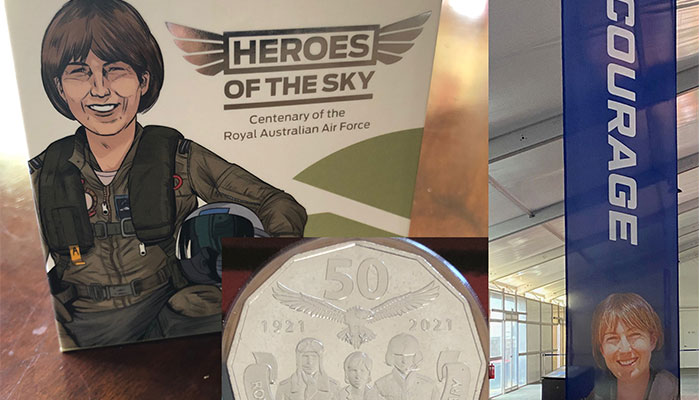
Minted: Professor Robyn Clay-Williams and her achievements were commemorated on an Australian 50-cent coin in 2021.
I became one of the first two female military test pilots in Australia. Test pilots ensure that planes are safe for the average pilot to fly, and over the years, I flew pretty much everything in the RAAF inventory. My favourite was the F-18 fighter jet, of course, and the helicopters were fun too, but my main role was to test military transport and aircraft. For five years, I test flew the big C-130 Hercules transport planes.
I loved flying, and I loved being a pilot, but I left the RAAF in early 2003, soon after the second Iraq War started. It was clear to me there were no weapons of mass destruction and the UN ultimately deemed it to be an illegal war. I wasn’t the only one who left then.
In 2021, the RAAF had its 100th anniversary, and I was put on a commemorative 50-cent coin along with two men to represent pilots through the decades. Not everyone can say they have their face on a coin.
I don’t fly regularly anymore. I’ve been up a few times, and of course it’s still enjoyable, but it’s not like military flying.

